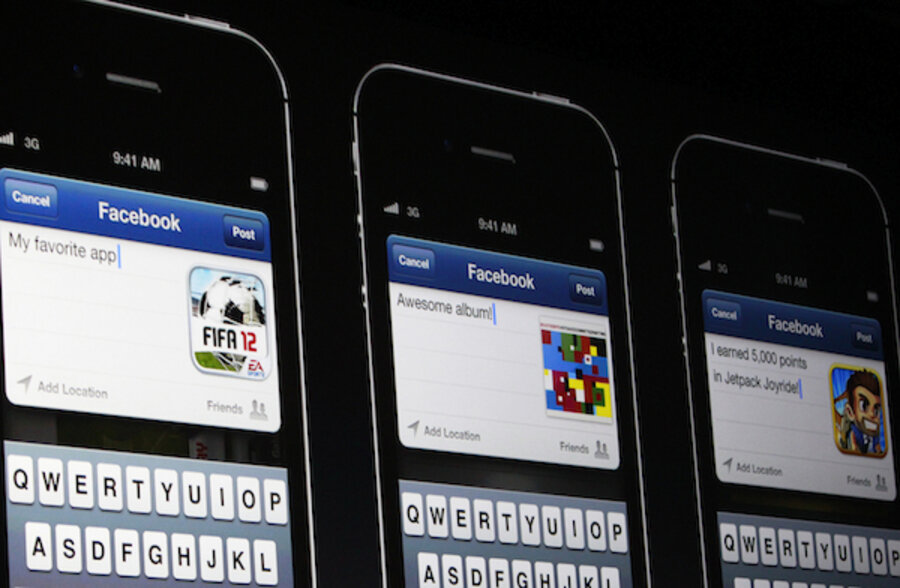What does Facebook want with Face.com?
Loading...
Back in April, a pre-IPO Facebook confirmed it would buy Instagram for a reported $1 billion in cash and stock options. This week comes news that the newly public Facebook Inc. will purchase Face.com, an Israeli company that develops facial-recognition software. The terms of the deal have not been made public, but many analysts have put the price tag somewhere in the neighborhood of $100 million.
"We love building products, and like our friends at Facebook, we think that mobile is a critical part of people’s lives as they both create and consume content, and share content with their social graph," the Face.com team wrote in a blog post today. "By working with Facebook directly, and joining their team, we’ll have more opportunities to build amazing products that will be employed by consumers – that’s all we’ve ever wanted to do."
A quick primer: Face.com – official motto: "Is that you?" – makes applications that recognize the contours of a human face. According to the company's website, Face.com technology can identify subjects "despite difficult circumstances like poor lighting, poor focus, subjects wearing eyeglasses, facial hair, and even Halloween costumes." That technology, in turn, is used in apps such as Photo Tagger, which identifies and groups faces in online photo albums.
Photo Tagger is already a popular Facebook app. So what else does Facebook want out of the Face.com acquisition? Mobile facial recognition, speculates TechCrunch: "As Face.com’s speciality is mobile facial recogition, it could potentially allow you to upload a photo to Facebook while on the go, instantly receive suggestions of whom to tag, and confirm the tags with one click."
That is a little frightening! But also more or less in line with Facebook's efforts to become a photo-sharing/storage hub for its users. (See also: Instagram.)
For more tech news, follow us on Twitter @venturenaut.







